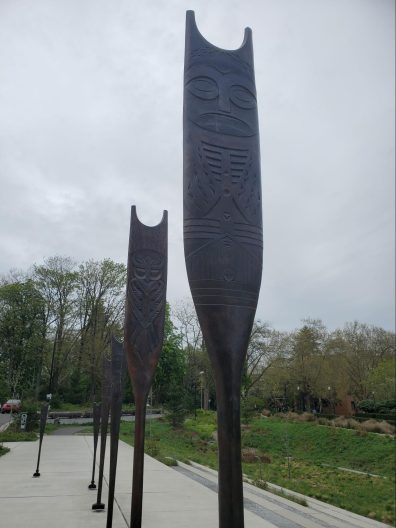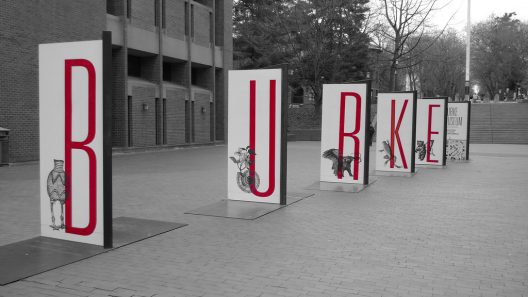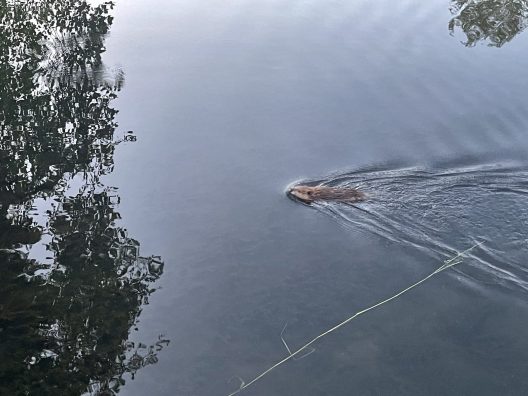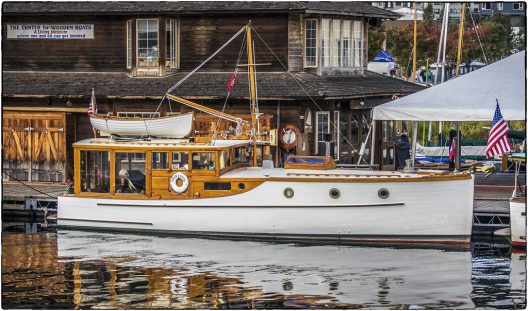Underrated Activities to do with Your Visiting Parents
We’re halfway through the spring quarter and plans for summer break are on everyone’s mind. For some, summer break might bring an exciting new internship. For others, summer break might look like a string of outdoor adventures. Or maybe you’re like me and found out your parents are planning to come and visit – yikes!
I don’t know about you, but when my parents come to visit, I always have a sense of dread. Not because my parents and I don’t get along, but because entertaining my parents for a long period of time requires lots of planning and can feel exhausting. Whether you resonate with this or not, I’ve put together a short list of fun, easy, low-stress (and yes, cheap!) ideas for entertaining your parents. This short list of activities offers alternatives to the typical tourist traps of Seattle — no shade to the gum wall — and includes fun ways to share the history and heritage of this area with your parents.
Indigenous Walking Tour

Parents always seem to want to check out the campuses where their kids attend school. I’ve always found this to be funny since, as students, most of our time on campus is spent sitting in classrooms, libraries, or coffee shops which hardly seem worthy of a tour. Luckily for the University of Washington Seattle Campus (UW), which sits on the lands and waters of Coast Salish tribes both federally and non-federally recognized, the Indigenous Walking Tour provides a way for visitors and students alike to explore the campus buildings in a meaningful (and free) way.
Created by former student Owen Oliver, the Indigenous Walking Tour was inspired by the Indigenous Walking tour at the University of British Columbia. Owen wanted to create a walking tour that was unique to the UW campus by acknowledging and highlighting the past, present, and future of Indigenous presence in the area. The walking tour includes seven stops that are accompanied by a digital guide. The digital guide denotes where each stop is located, has a multipage description of the stop’s historical and contemporary significance to Indigenous peoples of the area, and the name of the stop. Also included in this guide are images related to each stop and a brief description of Oliver’s inspiration and journey of creating the walking tour.
The walking tour is a perfect way to show your parents the UW campus because it is completely self-paced, making it the ideal activity if you’re in a time crunch or want to take a leisurely jaunt around campus. Although, I would recommend taking your time with the tour since there is so much ground to cover (both literally and figuratively).
The Burke Museum of History and Culture

The Burke Museum (aka the Burke) is the best museum I’ve been to in a very long time. A natural history museum may feel like the least fun thing to do with your parents, after all, aren’t all museums the same and sort of boring? The Burke is famously, and intentionally, different from other natural history museums. The Burke is a model for decolonizing museum exhibits and actively works to repatriate artifacts and build relationships with tribal communities. The Burke is also set apart from other museums by the way visitors are able to see and interact with the museum collections. As you make your way through the various exhibits, such as the “Fossils Uncovered” and “Our Material World,” you will notice large windows that peer into offices and workspaces where you sometimes see researchers examining various museum collections or cleaning artifacts. This allows the once “behind-the-scenes” museum work to become a part of the exhibit.
The Burke does a great job keeping exhibits relevant while also making sure information is digestible and interactive. In each of the exhibits, you will find audio and visual components as well as areas where you are encouraged to physically interact with the exhibit — basically you are allowed to touch things! Additionally, as you walk through the Burke, you’ll notice many open spaces and plenty of places to sit making it suitable for taking rests in between exhibits.
This natural history museum is an excellent place to take your parents because the use of exhibit space is creative and interesting, the museum focuses on education about northwest histories, and — as an added bonus — admission on every first Thursday of the month is free.
Meadowbrook Pond

You may be thinking: “I’ve never heard of this place before.” Neither had I until I learned there is a community of beavers that live there. Nestled in an unsuspecting neighborhood in Northgate lies this serene and beautiful pond. The pond is home to a community of beavers that are most active at dusk, so if you want to end your day in a peaceful outdoor space check out Meadowbrook Pond.
While this activity is less of an educational and exciting one, it is something that can allow both you and your parents a bit of a rest. Exploring a busy city can be exhausting, especially with parents, which is why it is important to set aside time to relax and decompress. Some time at a park watching beavers offers a low-stakes way to relax all the while maintaining the excitement of seeing a new place. Additionally, the park has a community center that is equipped with bathrooms and sitting areas, and any given day you’ll find community events and activities.
The Center for Wooden Boats

Located in South Lake Union, the Center for Wooden Boats offers an interesting look at the history and creation of wooden boats in the Northwest. Historic wooden boats are displayed both inside and outside the building denoting the history, heritage, and craft of sailing in Seattle. As you walk through the center you may notice that it looks more like a workspace than a museum and that’s because it is. The Center builds and restores wooden boats as well as offers workshops on boat building. In addition to its dedication to boat making, the Center is also passionate about sailing and navigation.
So why bring your parents to the Center for Wooden Boats? Simple. The Center offers a variety of free community programs. One of these programs is called Public Sail where one Sunday a month you can sign up for a skipper to take you around Lake Union. Sailing Lake Union is a favorite activity among local sailors and visitors alike. The view of Seattle from Lake Union is spectacular, and it offers a different way to explore the city. So, if exploring South Lake Union is on your “parent visiting bucket list” be sure to check out the Center for Wooden Boats for some maritime history and an incredible boat ride!
Other suggestions
One of my favorite things about Seattle is that there is no lack of fun and exciting activities. Green spaces are fairly accessible, lots of museums have free admission days, and there are a host of community events on any given day, so even if you’ve blown through this list of activities, you can still find plenty more to do with your parents.
For a marine-based, adventurous experience with your parents check out Currents author Maddie Hicks’ new article “A SMEA Student’s Guide to Tidepooling in Seattle” about tidepooling!